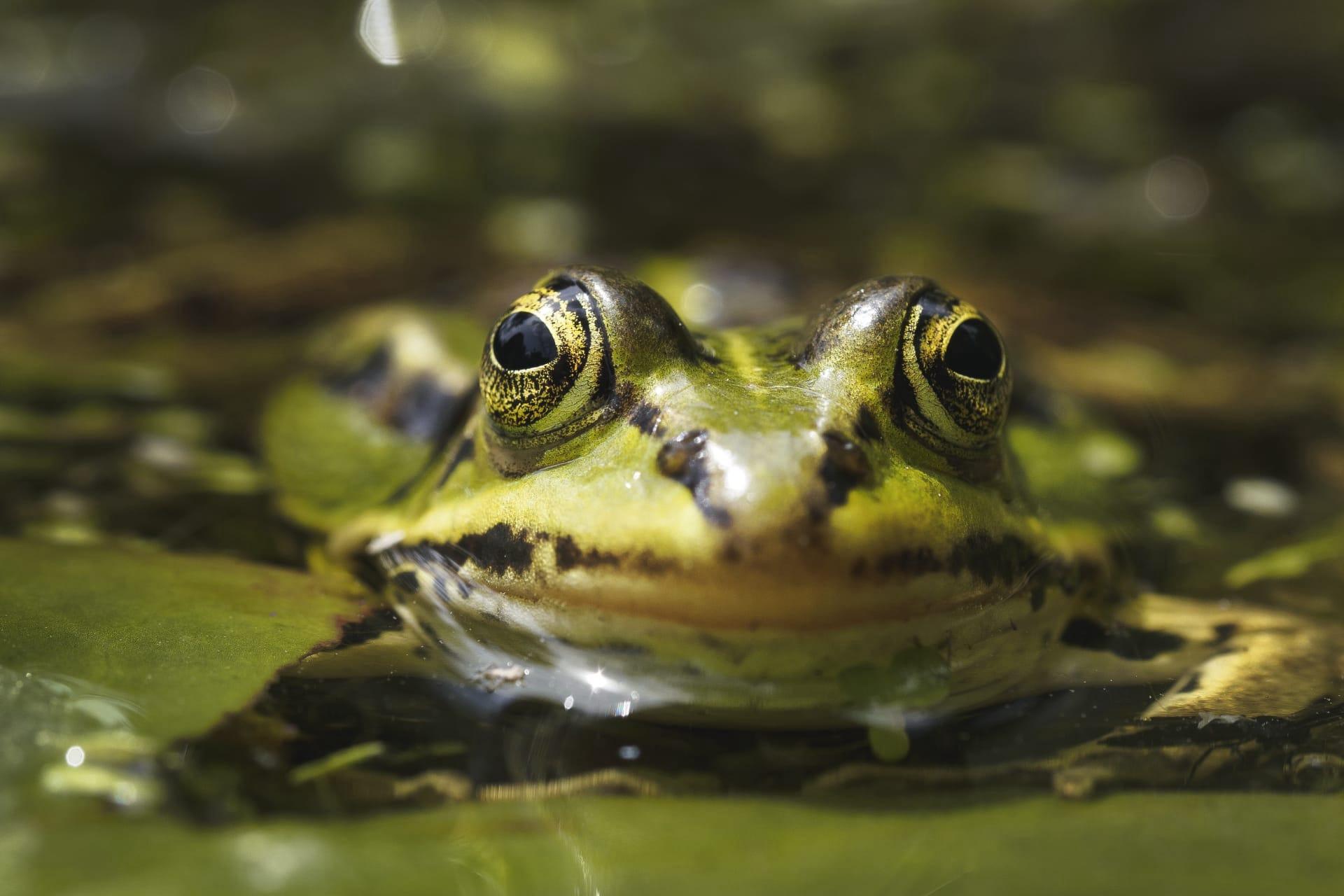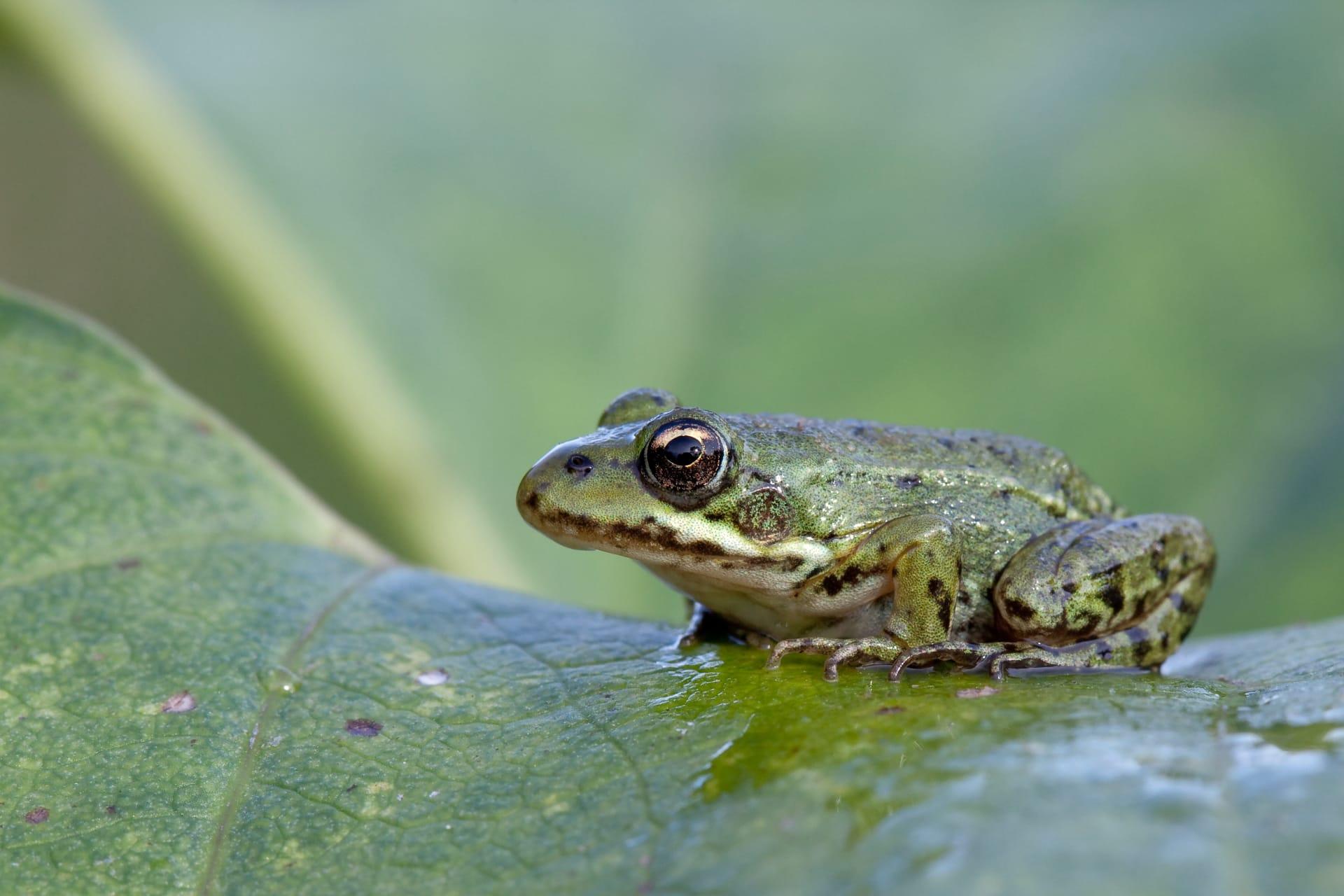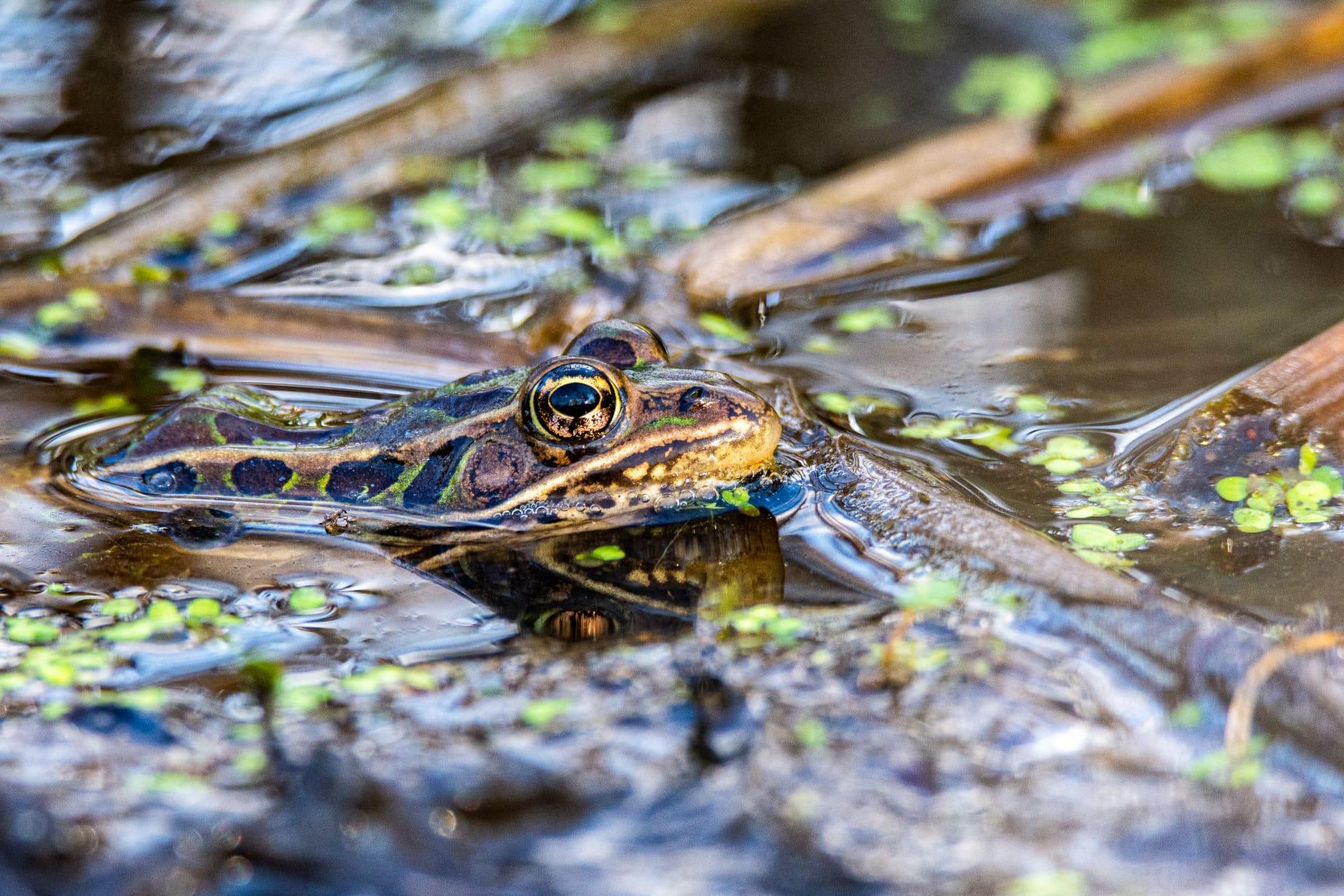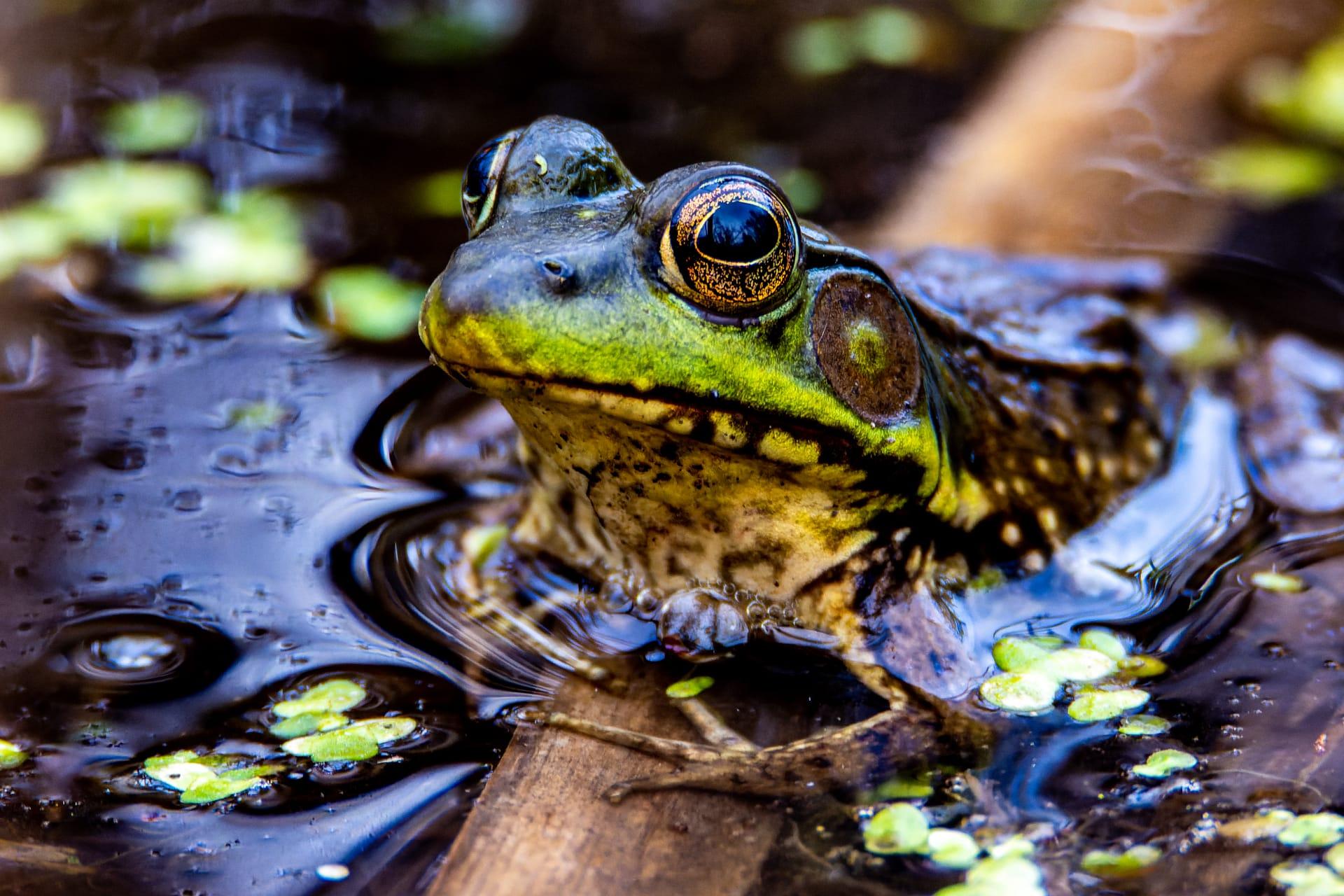Leopard Frog Characteristics
- Home /
- Mini Encyclopedia /
- Animal /
- Leopard Frog Characteristics
1
Leopard frogs, known for their distinctive spotted patterns reminiscent of a leopard's coat, are a fascinating amphibian species. These frogs, typically measuring around 2 to 4.5 inches in length, display a green or brown background color with pronounced dark spots across their back, sides, and legs. Their size can vary depending on environmental conditions and diet. Lifespan in the wild is a crucial aspect of leopard frogs, and they can live up to 9 years, though many don't reach this age due to predation and environmental factors.
One of the most unique organs of the leopard frog is its vocal sac. This flexible membrane, located under the chin and stretching down the throat, serves as a resonating chamber. When air is forced from the lungs into the vocal sac, it amplifies the frog's call, which is essential for communication during mating seasons. The calls of leopard frogs are distinctive, often described as long and snore-like, followed by short grunts, playing a crucial role in attracting mates and establishing territories.

2
Question: What is the primary diet of Leopard Frogs, and how does it change?
Answer: Leopard frogs are carnivorous, primarily feeding on insects, spiders, and even smaller frogs. Their diet is opportunistic and varies with age and habitat. Young frogs, or tadpoles, primarily consume algae and plant matter, transitioning to a more carnivorous diet as they mature. This diet shift plays a vital role in their development, providing necessary nutrients for growth and energy for their active lifestyle.

3
Leopard frogs exhibit impressive movement characteristics, known for their agile and powerful leaps. They can jump multiple times their body length, aiding in both predator evasion and capturing prey. Their long, muscular hind legs are specially adapted for these sudden, explosive jumps. In water, they are equally adept, using strong, webbed hind feet for swift swimming.
In terms of hunting, leopard frogs employ a 'sit-and-wait' strategy. They remain motionless, blending into their surroundings, and when prey comes within range, they strike with remarkable speed. Their long, sticky tongue is a crucial adaptation for this hunting technique, allowing them to catch various insects and small arthropods effectively.

4
The natural habitat of leopard frogs is quite diverse, ranging from forests and grasslands to marshes and river valleys. They require access to fresh water for breeding and survival, often found near ponds, lakes, and slow-moving streams. These habitats provide not only the necessary moisture but also abundant food sources and cover from predators.
Reproduction for leopard frogs typically occurs in spring, with the onset of warmer weather. Males congregate in shallow water bodies and call to attract females. Females lay thousands of eggs in gelatinous masses, often attached to vegetation in water. The eggs hatch into tadpoles, which undergo metamorphosis over several months before becoming fully developed frogs. This reproductive strategy is essential for their survival, ensuring a high number of offspring to counter high mortality rates in the wild.

5
Book: "Frogs: The Animal Answer Guide" by Mike Dorcas and Whit Gibbons offers an insightful look into the world of frogs, including leopard frogs. Published in the United States in 2011, this book provides a comprehensive overview of frog biology, behavior, and conservation. It's a great resource for understanding not just leopard frogs but various frog species globally.
Book: "The Secret Life of Frogs" by Peter Laufer, published in 2005, explores the fascinating lives of frogs, including detailed chapters on species like the leopard frog. This book, a blend of science and storytelling, delves into the environmental challenges and conservation efforts surrounding frogs. It provides a unique perspective on these amphibians, showcasing their importance in global ecosystems.